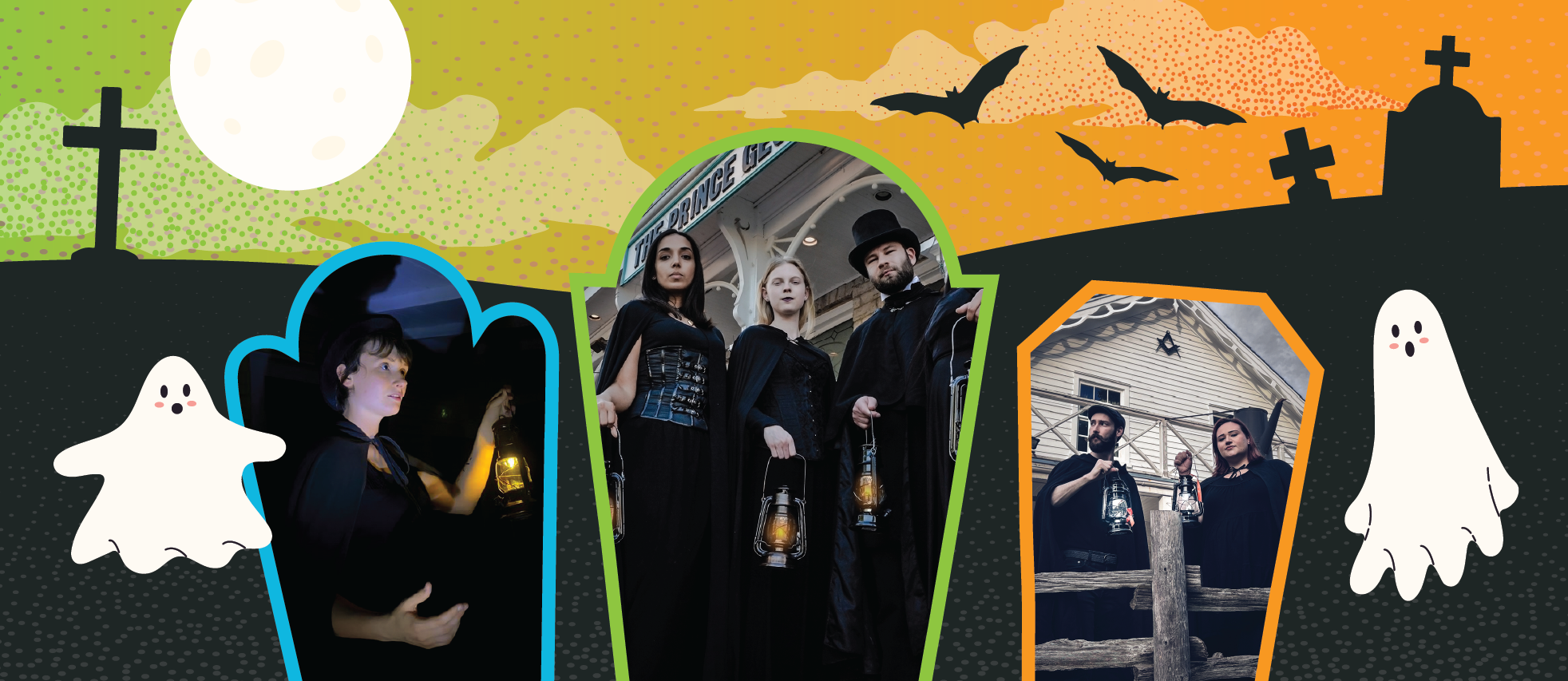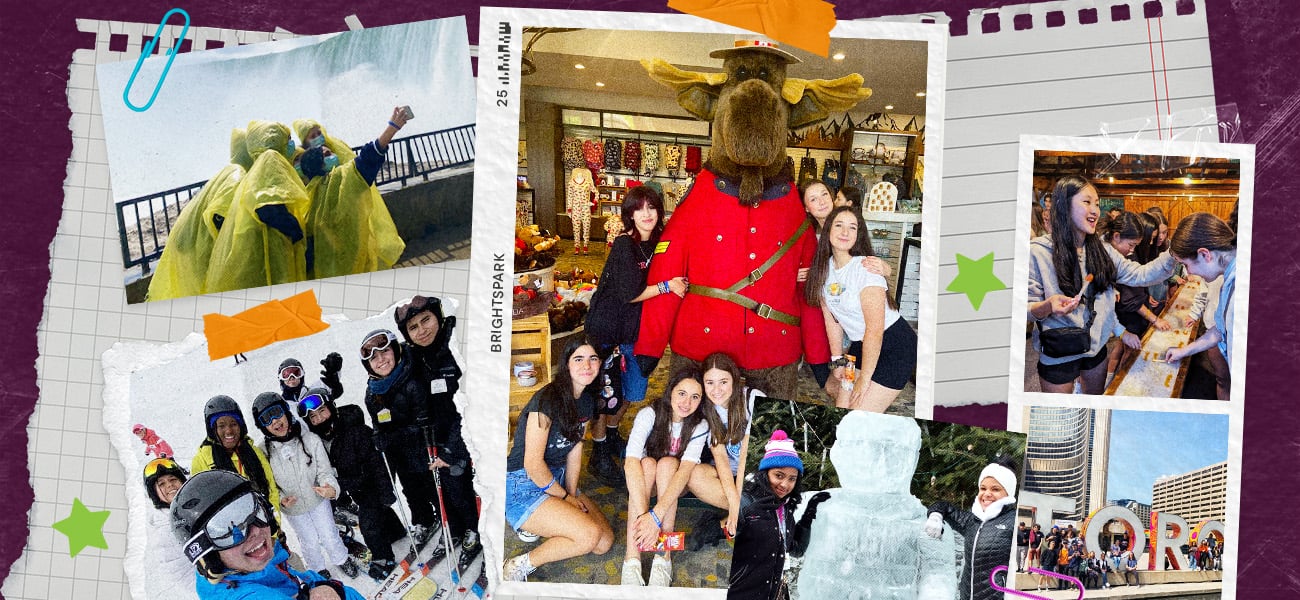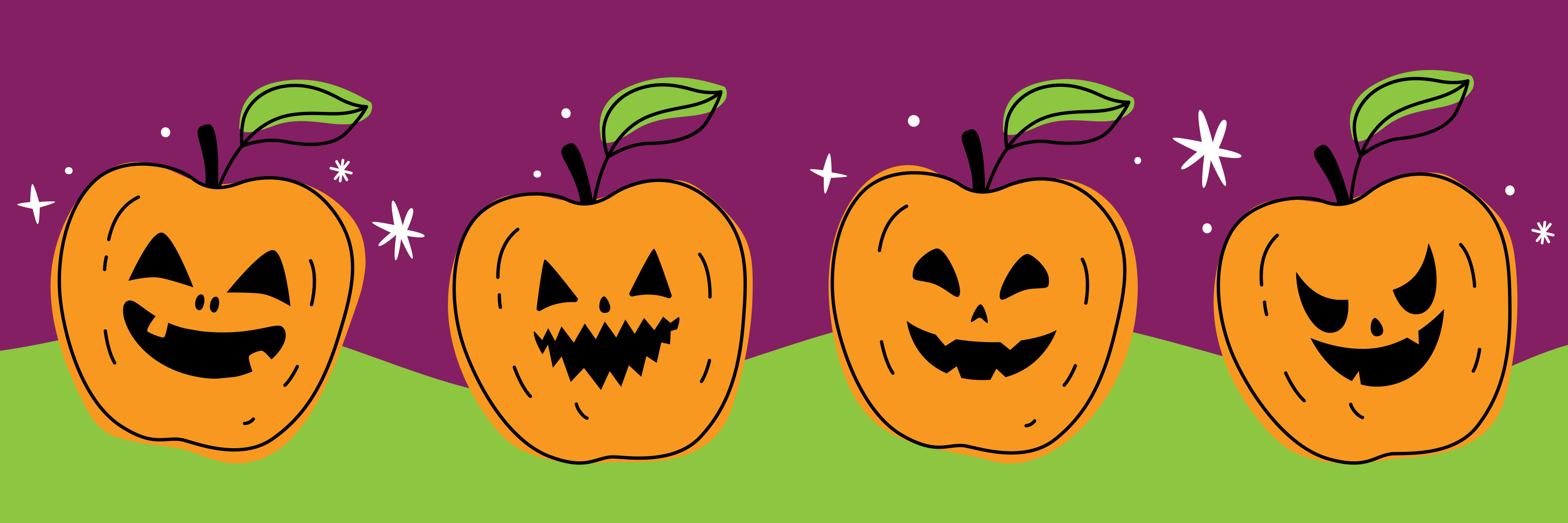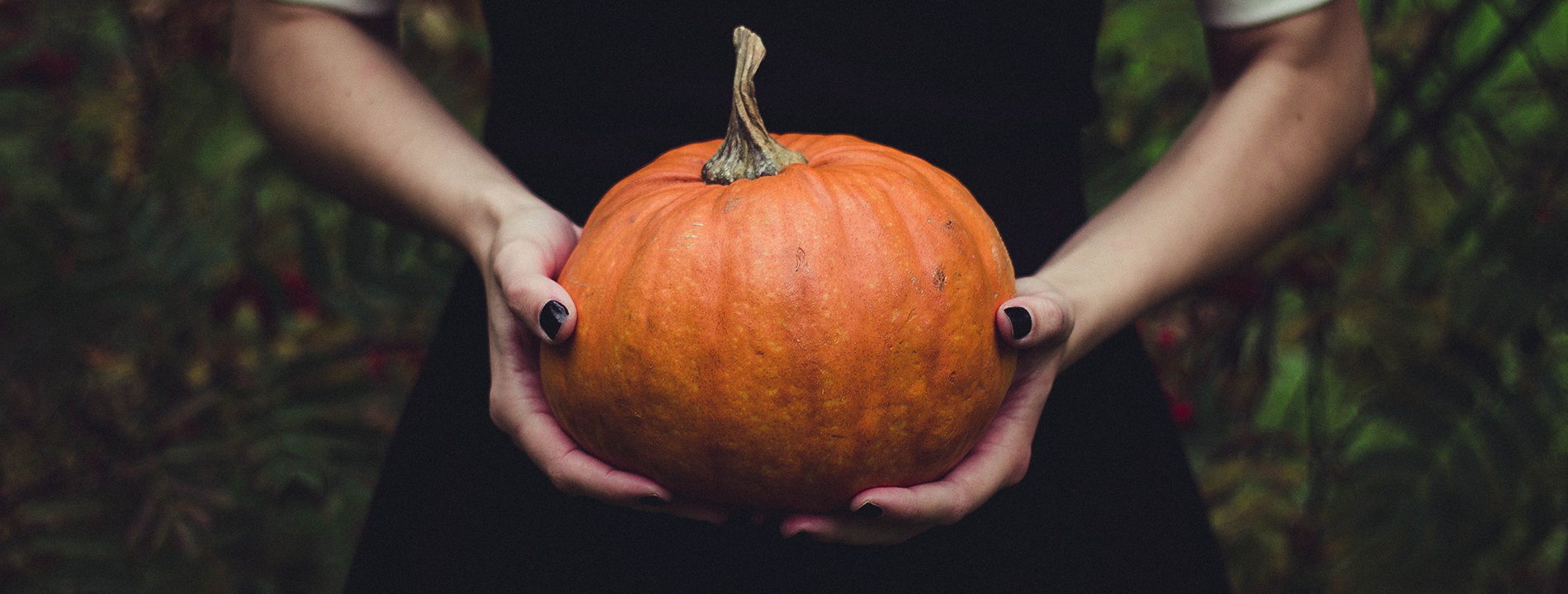If you’ve ever passed by a captivating and towering pole with animal-like figures during your travels in Canada, you’ve likely come across a Totem pole. The Totem pole is a monumental carving with profound traditional and spiritual significance to Indigenous communities, shedding light on their rich cultural heritage and histories.
Understanding the importance of the Totem Pole to Indigenous Cultures is a vital step toward supporting reconciliation efforts in Canada.
From Appropriation to Repatriation
During colonial times, many Canadian totem poles were taken from Indigenous communities, often ending up in museums, private collections, or foreign countries. These removals were part of a broader pattern of cultural appropriation and erasure that Indigenous peoples faced. In recent years, significant steps have been taken toward healing the wounds of the past and fostering a brighter, more equitable future through the process of reconciliation with its Indigenous peoples. One powerful symbol of this ongoing effort is the repatriation of totem poles to their rightful owners—Canadian Indigenous communities.
Learn more about the history from past to present of the appropriation through colonization by watching this webinar by art historian Aldona Jonaitis.
The Significance of Totem Poles
Every element of the totem pole has symbolic meaning—from the type of tree it’s made from, to each design’s ancestral meaning, to the history of which Indigenous group created it, and whom the pole was created for. These poles are adorned with intricate designs, depicting ancestral stories, legends, traditions, and spiritual beliefs. Each pole is uniquely created to showcase the identity and history of the community it was created for. The art of totem pole carving and raising is an integral part of these societies, with roots that can be traced back over a thousand years.
Although it’s widely assumed that all Indigenous communities create Totem poles, there are actually only six Canadian West-coast First Nations communities who are responsible for the creation of totem poles in the country. These groups are the Haida (hy-duh), the Nuxalk (noo-hulk), the Kwakwaka’wakw (kwalk-walk-ya-walk-wuh), the Tlingit (cling-kit), the Tsimshian (shim-she-in) and the Coast Salish (say-lish).
Activity Idea: Assign students research projects on specific Indigenous cultures known for totem poles, such as the Haida or Nuu-chah-nulth. Have them present their findings to the class, including the history and contemporary significance of totem poles in that culture. Or ask them to create a timeline of the history of totem poles, highlighting key events and shifts in their cultural significance. Discuss how colonialism and cultural preservation efforts have impacted totem pole traditions. The webinar created by art historian Aldona Jonaitis is a great place to start.
The Many Purposes
Totem poles don’t only serve one purpose, they can be created for many different occasions. Some examples why a totem pole might be raised is for weddings, funerals, to honour a new chief, for the opening of a building, passing down stories, and more.
Totem poles are also used as markers and memorial monuments. They can mark significant locations such as village entrances, grave sites, or important events like potlatches, elaborate ceremonies, feasts, dancing, and gift-giving. Many totem poles are dedicated to specific individuals, such as tribal leaders, clan chiefs, or respected community members who have passed away by honouring their memory and paying tribute to their contributions and legacies.
Reading a Totel Pole
The meaning of symbols can vary between Indigenous nations and communities. Totem pole carvings are highly individualized, with unique stories and interpretations embedded within each one. The arrangement and combination of these symbols on a totem pole can create complex narratives that celebrate the cultural heritage and history of the community.
The markings and animals on totem poles carry different meanings in indigenous culture. Here are some common figures and their meanings:
- Ravens: The raven is a prominent figure in totem poles, often symbolizing the creator or trickster figure in Indigenous mythology. It's associated with transformation, knowledge, and the power to bring light to the world.
- Frogs: Frogs are associated with water and rain, symbolizing cleansing and rebirth. They also represent transformation and adaptability.
- Salmon: Salmon are essential for many Indigenous communities as a primary food source. They symbolize abundance, prosperity, and life cycles.
- Humans: Human figures on totem poles represent ancestors, heroes, and important cultural figures. They tell the stories of these individuals and their contributions to the community.
Activity Idea: Show students images of different totem poles from various Indigenous communities. Discuss the differences in style, symbols, and colours. Have students identify common animals and symbols in the designs and discuss the significance of the symbols to the storytelling tradition. Have students create their own totem pole designs or stories using symbols to represent different aspects of their own lives or culture. You can provide materials like clay, cardboard, or paper and have them paint or carve symbols and animals onto their creations.
The Process of Carving
Step 1: Choosing a Tree
The totem pole is exclusively carved from Western redcedar trees, typically found in the Pacific Northwest, and are used because they are more resistant to rot than other trees and can survive for many years. The redcedar tree is known as the “tree of life” by the Haida people and serves many uses to the community.
First, a location from which a tree can be easily removed is identified. Traditionally, redcedars near bodies of water were most preferred, so they could be transported by water to where the carver would be doing their work. Secondly, the tree is examined to identify where its branches are. A tree with lots of branches and knots from fallen branches won’t be chosen. Instead, the carver will look for a tree whose branches are at the very top.
Step 2: Felling a Tree
Each totem pole is created from a single tree, and after the perfect tree is chosen, the carver must figure out how to get it down. There are a few different methods of felling a tree, but before any action is taken, the woodcutter will say a prayer and express their gratitude to the tree’s spirit. The tree is then moved to the carver’s studio and is ready to be prepped for carving.
Step 3: Carving and Painting
The design for the pole is first sketched in using charcoal. To start, carvers may carve out the entire left or right side of the pole, and then mirror the image on its other side.
Learning to carve is an art form, and many artists learn how to carve from their fathers, and the generations before them. It is considered a privilege to continue the traditions of carving by passing down the teachings to the next generations. Carvers often use modern day tools to carve the totem poles, but traditional carving methods are still used to achieve the desired look of each design.
The last step of decorating the pole is using coloured paints to make the designs come to life. The most commonly used colours are black and red, green, yellow, and brown.
For more, read this article from Simon Fraser University, describing how the tree is chosen, taken down, carved, painted, and raised.
A Cause for Celebration
A totem pole raising ceremony is a traditional Indigenous ritual in which a totem pole is raised into an upright position with singing, dancing, and feasting. Creating a sense of community unity and pride, raising a totem pole may involve traditional blessings or rituals performed by spiritual leaders. Chief’s and elders usually wear ceremonial Regalia adorned with their family’s crests. It's an opportunity for the community to come together and celebrate their cultural identity. After the Totem pole is successfully standing on its own, a large celebration follows! The celebration is a big event traditionally held by the family or the community’s Chief, and it’s meant to acknowledge everyone who contributed, and serve as a handing over to the community.
A Potlatch is the name of the ceremony which is integral to communities of various First Nations groups on the Northwest Coast. Potlatches are held during important social events and are celebrations to redistribute wealth within the community. In these communities, true wealth is displayed by your ability to share it.
Reconciliation Through Education
Teaching today's youth about Indigenous cultures goes beyond cultural awareness; it is a vital step towards building a more inclusive, just, and empathetic society. It equips the next generation with the knowledge and values needed to address historical injustices, support reconciliation efforts, and embrace the rich tapestry of Canadian and global cultures.
Arranging a field trip to a museum or cultural center that has totem pole exhibits is a great way to help students lear about Indigenous culture. Or consider taking your students on an educational tour that will immerse them in the history, culture, landscape, and customs of the Indigenous peoples of Canada.
To take learning a step further, take your students on a cultural journey through Canada’s Indigenous heritage on one of our tours: Explore the captivating landscapes of Manitoulin Island, discover ancient villages in Haida Gwaii, or immerse yourself in the traditions of the Summer Solstice Indigenous Festival in Ottawa.
![Totem Poles and Indigenous Heritage [Classroom resources] featured image](https://www.brightsparktravel.ca/hubfs/BCSA-2023-Truth%20And%20Reconciliation%20Day-BLOG-606586-3.png)


![Hunt for Ghosts Across Canada [Classroom Resources]](https://www.brightsparktravel.ca/hubfs/BSCA-2022-Halloween-hero-BLOG.jpg)

![What Even is Hallowe’en? 🎃 [Classroom Resources]](https://www.brightsparktravel.ca/hubfs/halloween.jpeg)
